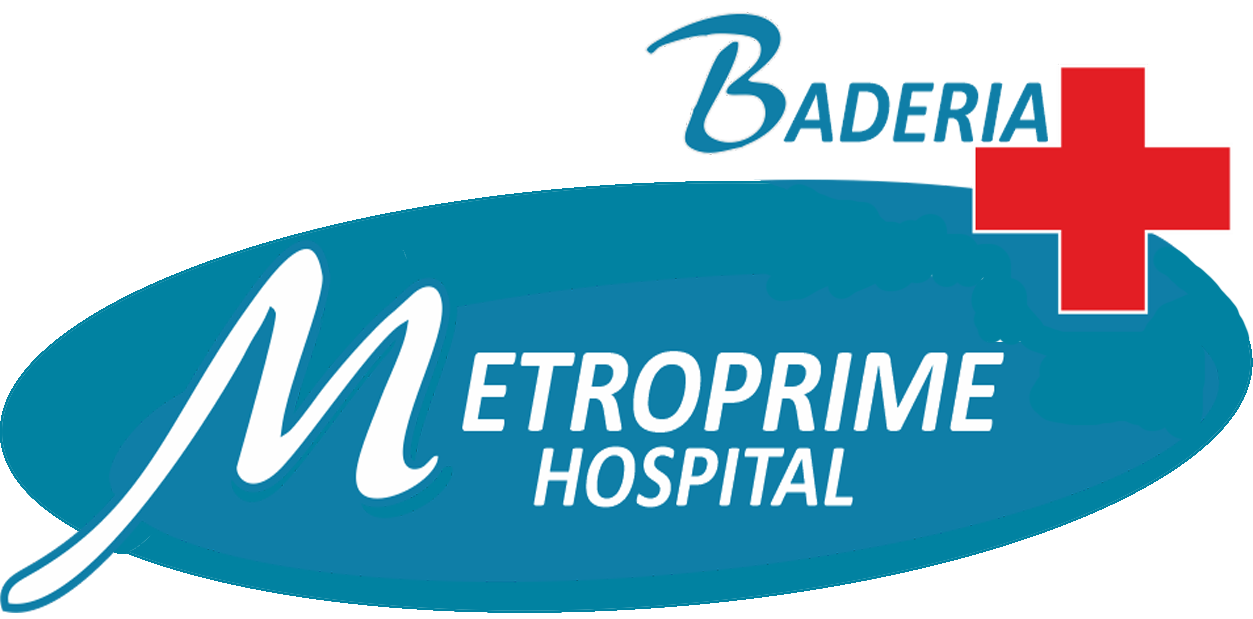
CT scanning
Detailed images of internal organs are obtained by this type of sophisticated X-ray device. CT stands for computed tomography. The CT scan can reveal anatomic details of internal organs that cannot be seen in conventional X-rays. The CT scan is also known as the CAT (computerized axial tomography) scan.
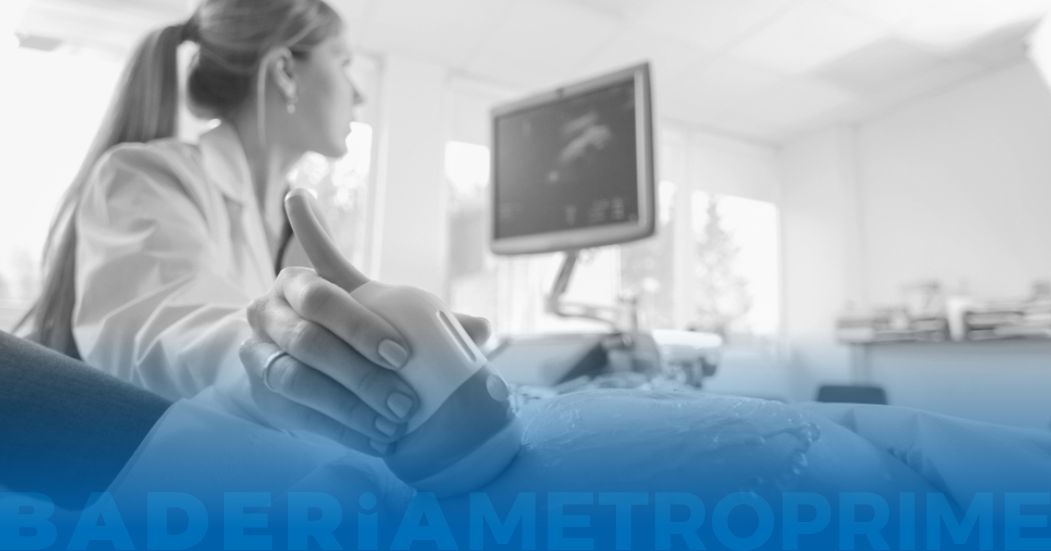
Ultrasound
Ultrasound is used in many different fields. Ultrasonic devices are used to detect objects and measure distances. Ultrasound imaging or sonography is often used in medicine. In the nondestructive testing of products and structures, ultrasound is used to detect invisible flaws.

X Ray
X-rays make up X-radiation, a form of high-energy electromagnetic radiation. Most X-rays have a wavelength ranging from 0.01 to 10 nanometers, corresponding to frequencies in the range 30 petahertz to 30 exahertz (3×1016 Hz to 3×1019 Hz) and energies in the range 100 eV to 100 keV. X-ray wavelengths are shorter than those of UV rays and typically longer than those of gamma rays.
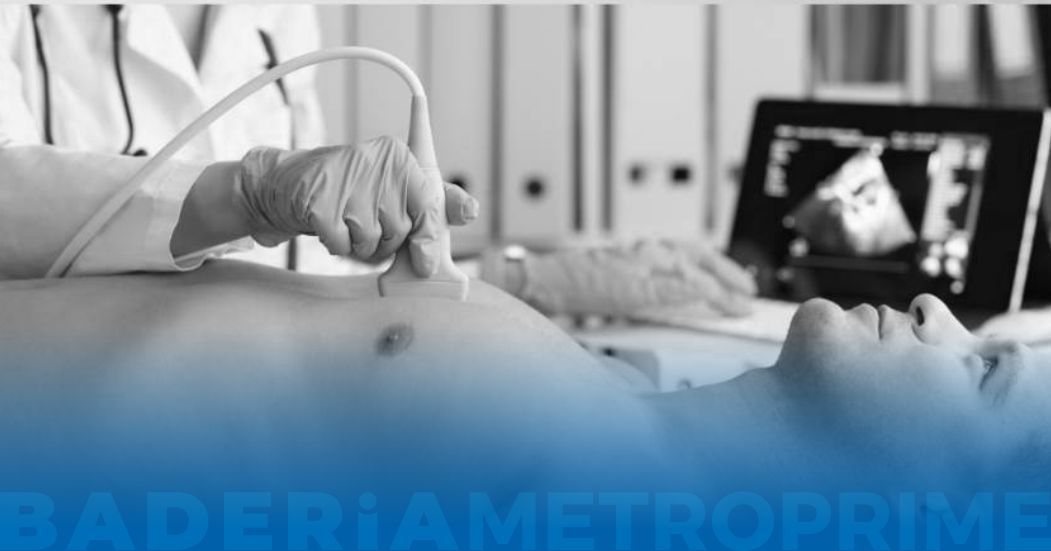
2D Echo
2D Echocardiography or 2D Echo of heart is a test in which ultrasound technique is used to take pictures of heart. It displays a cross sectional 'slice' of the beating heart, showing chambers, valves and the major blood vessels of heart.
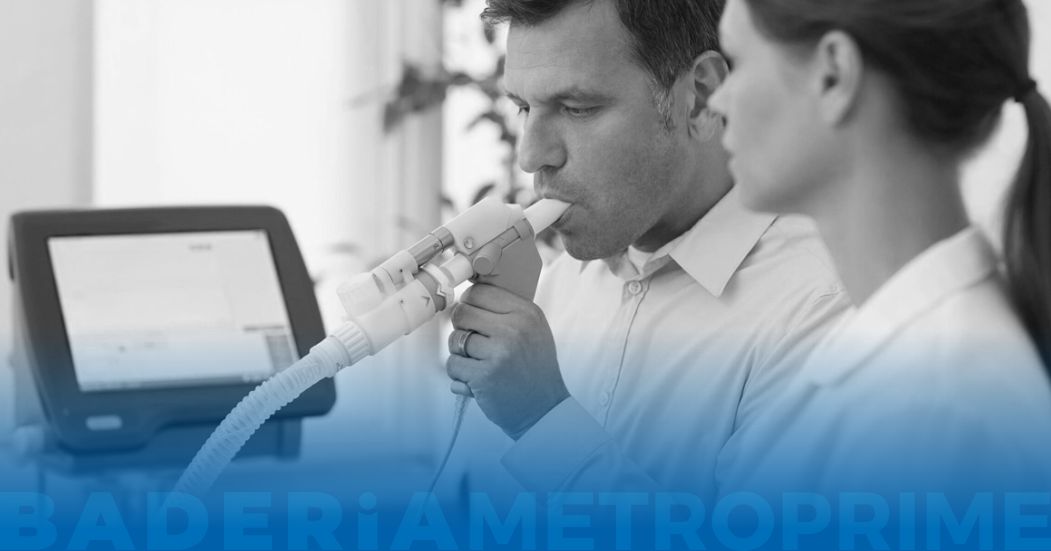
PFT
Pulmonary function tests (PFTs) are noninvasive tests that show how well the lungs are working. The tests measure lung volume, capacity, rates of flow, and gas exchange. This information can help your healthcare provider diagnose and decide the treatment of certain lung disorders.
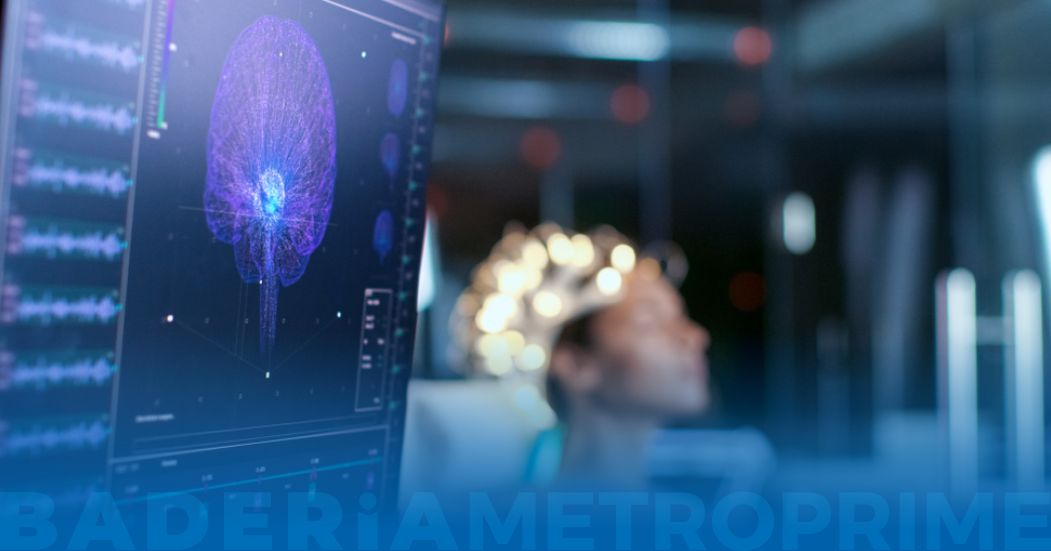
EEG
An electroencephalogram (EEG) is a test used to find problems related to electrical activity of the brain. An EEG tracks and records brain wave patterns. Small metal discs with thin wires (electrodes) are placed on the scalp, and then send signals to a computer to record the results.

Treadmill Testing
A cardiac stress test is a cardiological test that measures the heart's ability to respond to external stress in a controlled clinical environment. The stress response is induced by exercise or by intravenous pharmacological stimulation.




